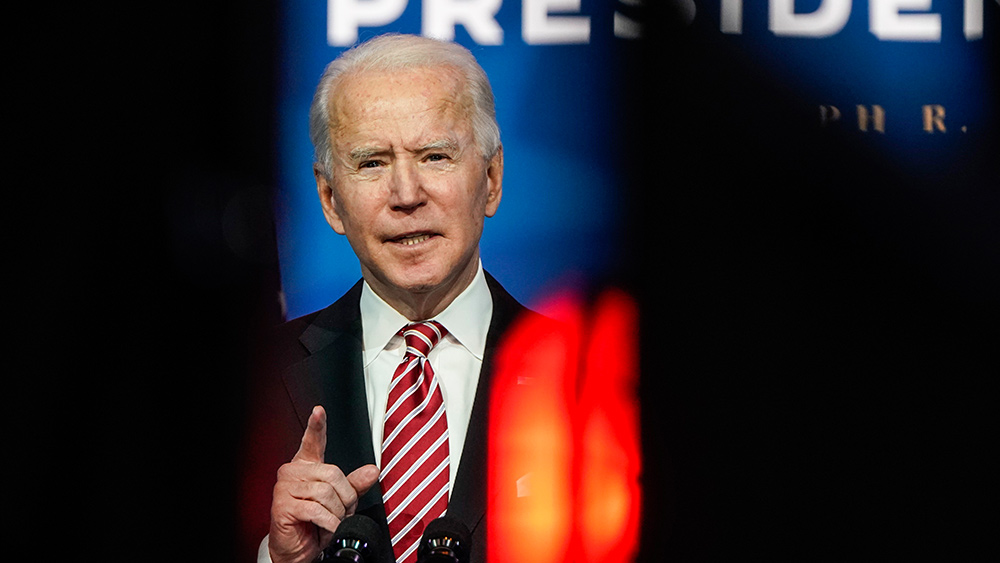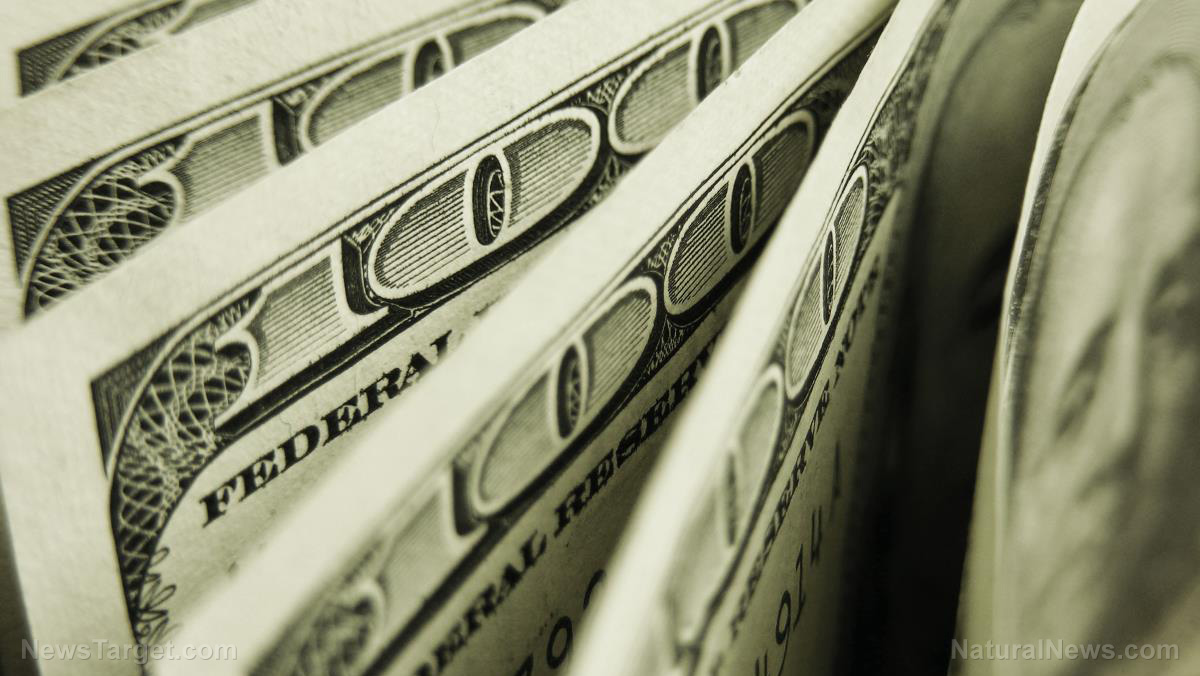Supply shortages are leading to price hikes, worsening inflation
05/18/2021 / By Ramon Tomey

Economic analysts have raised the alarm bells on possible supply shortages for raw materials. These shortages, alongside logistical hurdles, have forced many firms to warn about a possible price hike. Because of these foreboding signs, many are bracing for possible inflation to occur amid the ongoing COVID-19 pandemic.
According to data from JPMorgan Chase & Co. and IHS Markit, the Bloomberg Commodity Spot Index – which tracks 23 raw materials – rose to its highest level in almost 10 years. This triggered an increase in prices for both domestic and global manufacturing. JPMorgan analysts also estimated that non-food and energy import prices in the biggest economies rose almost four percent in the first quarter of 2021.
IHS Markit Pricing and Purchasing Research Director John Mothersole remarked: “Risk clearly leans to the upside in the current environment. The surge in commodity prices over the past year now guarantees higher goods-price inflation this summer.” Its analysis over eight commodities projected the price boots to taper down to the end of the year.
Blackrock Investment Institute strategists wrote on May 3 that they project U.S. consumer price increases to average “just under three percent.” The institute added that this would last from 2025 to 2030, albeit the increases are “still underpriced by markets.”
Trillions of dollars diverted into infrastructure projects worldwide when low-interest rates are rife contribute to higher inflation for a longer period. Such projects have increased demand for raw materials as major economies recover from the effects of the Wuhan coronavirus pandemic. Survey data has reflected this increased demand.
True enough, American and European manufacturers have reported backlogs and higher input prices. They have scrambled to replenish product stockpiles and keep up with rapidly growing consumer demand. With the prices of commodities shooting up, policymakers and market indexes are now asking whether this rapid inflation would be temporary or not.
Some companies went ahead and increased their prices – regardless of a temporary inflation
However, a number of firms have gone ahead and increased their prices. They defended their move by saying their investors remain skeptical if the temporary increases in raw materials would eventually taper off. Thus, consumers can expect higher costs for many items on store shelves. Nestle S.A. and Colgate-Palmolive Co. are two such manufacturers that recently increased prices for their products. (Related: Food prices will climb in 2021 as inflation accelerates.)
Colgate-Palmolive CEO Noel Wallace said: “Straight price increases will continue to be an important element as we look at the back half of the year. I anticipate that you’ll see more price increases across the sector, given the headwinds that everyone has faced in this space.” Wallace made the pronouncement in late April when the company announced its earning.
Garments manufacturer Carter’s Inc. has meanwhile borne the brunt of higher cotton prices from China. The company’s CEO Michael Casey said on April 30: “We’re beginning to see signs of inflation in product input costs, particularly those related to fabric.” Carter’s is now mulling how much of the price increase it can pass along to customers.
Casey also mentioned that the company will offer “fewer promotions” this year as a possible way to deal with the spike in cotton prices. The decision came amid Americans with spending power through stimulus payments returning to their usual spending habits.
Under President Joe Biden’s $1.9 trillion American Rescue Plan, people can receive stimulus checks to help them “build back” their lives following the COVID-19 pandemic. But an economist has warned that this new coronavirus relief bill may trigger further inflation. Former Federal Reserve Bank of New York President Bill Dudley warned of this risk in a December 2020 op-ed.
The economist cited two reasons why Biden’s COVID-19 relief bill is detrimental in his Bloomberg piece. First, he said a sudden surge in demand from consumers with spending power would conflict with reduced supply. Given that the pandemic wiped out many small businesses, those who managed to remain might not be able to address the higher demands. This then drives up prices as a result.
Second, Dudley remarked that the pandemic caused a major disruption in businesses. People are moving away from urban centers and working from home, which creates vacancies in real estate properties. It will take a long time to fill up these vacancies due to the pandemic’s impact – further worsening inflation.
The economist warned: “A lot of people believe that inflation in the U.S. is dead or … in a state of suspended animation for the foreseeable future. They could be setting themselves up for an unpleasant surprise.”
Visit NationalDebt.news to read more articles about inflation and how the Biden administration responds to it.
Sources include:
Tagged Under: American Rescue Plan, commodity index, covid-19 pandemic, fiscal policy, increased demand, Inflation, manufacturing sector, price increases, raw materials, spending power, stimulus checks, supply shortages
Get independent news alerts on natural cures, food lab tests, cannabis medicine, science, robotics, drones, privacy and more from NewsTarget.com
Get independent news alerts on natural cures, food lab tests, cannabis medicine, science, robotics, drones, privacy and more from NewsTarget.com
RECENT NEWS & ARTICLES
COPYRIGHT © 2017 DEBT COLLAPSE NEWS




















